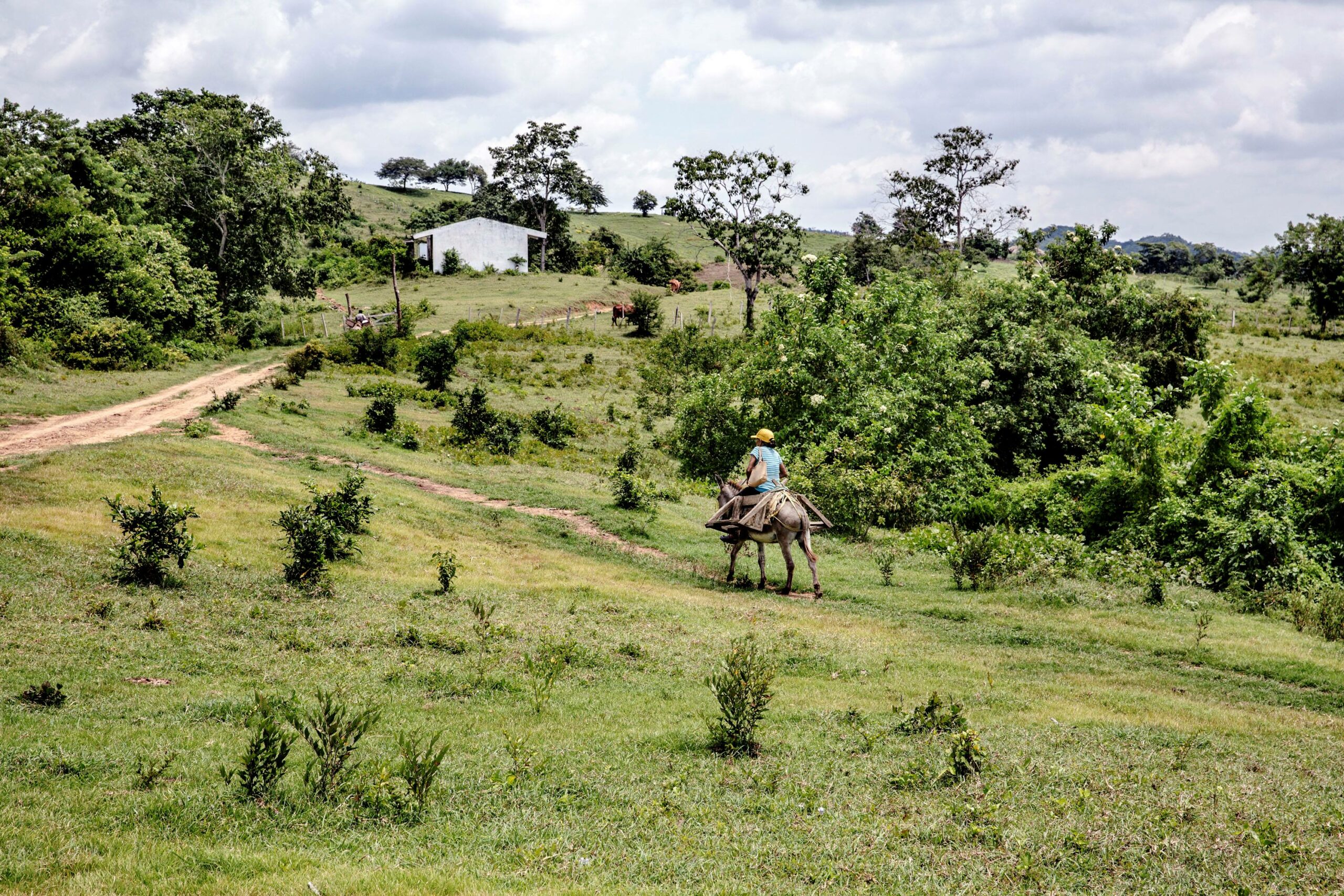The power of incentives and digital innovation restoring land and biodiversity
- From
-
Published on
12.11.24
-
Impact Area
Adaptation, Biodiversity, Climate adaptation & mitigation, Environmental health, Environmental health & biodiversity, Food security, Gender equality, Gender equality, youth & social inclusion, Health, Mitigation, Nutrition, Nutrition, health & food security, Poverty reduction, livelihoods & jobs, Social inclusion, Youth

At the Food and Agricultural Organization of the United Nations (FAO) pavilion, alongside partners like the Global Biodiversity Standard (TGBS) and IUCN, I was inspired by discussions focused on empowering smallholders and rural communities to restore land and biodiversity. Convened by the Alliance Bioversity and CIAT (ABC), this session shed light on the power of incentives and digital innovation to tackle some of the biggest barriers to restoration, from limited access to finance and technology to gaps in reliable data.
One of the highlights was the “My Farm Trees” mobile app, which combines blockchain technology and digital payments to incentivize tree planting and biodiversity conservation. Hearing Chetan Kumar from the International Union for Conservation of Nature (IUCN) emphasize that “community-driven approaches are crucial for lasting restoration, but financial and technological barriers remain” resonated deeply with me and the issues we’re trying to address at EHBIPA and the CGIAR. Similarly, Chris Kettle of ABC pointed out the app’s potential to bring local species knowledge to scale, which is key to meaningful impact.
What struck me most was the emphasis on community and gender considerations. Mary Uru from PELUM Kenya reminded us that policy frameworks must be data-driven and crafted with protections that ensure equitable benefits for communities. These insights affirmed that restoration is not just about planting trees but about creating multifunctional landscapes that align with local needs, traditional knowledge, and biodiversity goals.
Moving forward, it’s clear that integrating restoration with sustainable finance, national policy, and global biodiversity goals can amplify impact. Innovative tools like “My Farm Trees” are crucial, but so are community-led monitoring, participatory planning, and support for smallholders and rural communities. Empowering people at the grassroots, particularly women and marginalized groups, to lead these efforts is essential to building resilient ecosystems and equitable futures.
By Janelle Sylvester
Related news
-

Driving Locally Led Adaptation and Equity for Resilient Food Systems
Eisen Bernard Bernardo03.12.25-
Climate adaptation & mitigation
The International Rice Research Institute (IRRI) provided crucial, science-driven perspectives at th…
Read more -
-

Co-designing climate resilience: advancing drought risk financing in East Africa
Sustainable Animal and Aquatic Foods Science Program03.12.25-
Climate adaptation & mitigation
Climate variability continues to affect pastoral communities across East Africa, increasing the need…
Read more -
-

Strengthening Climate Security and Displacement Responses in Africa: Insights from a Joint CGIAR–UNHCR Training
Ibukun Taiwo03.12.25-
Climate adaptation & mitigation
Communities across Africa are facing the combined pressures of climate change, conflict and forced d…
Read more -
